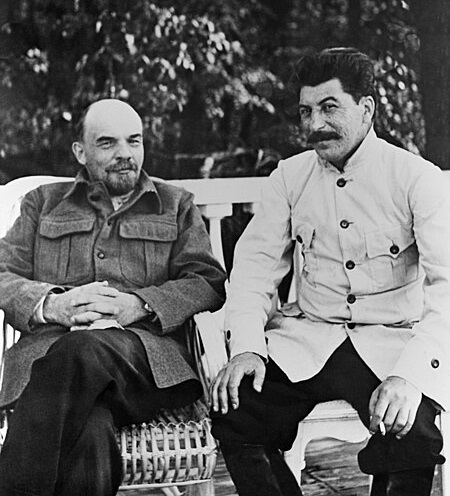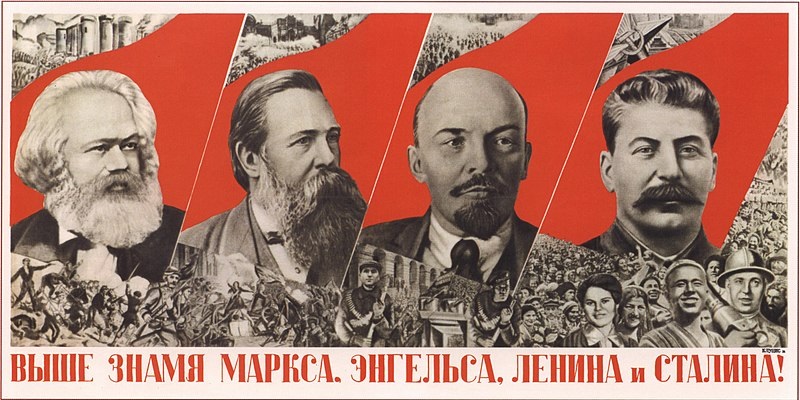|
| |
|
Summary When Lenin died in 1924, everybody expected Trotsky to take over the leadership. Instead, Stalin schemed his way into power, using his position as General Secretary, and a series of ruthless political moves.
Source AI am not sure that Comrade Stalin will always use his power properly. Comrade Trotsky, on the other hand, is distinguished by his outstanding ability. Lenin's Testament (1923). (The historian Stephen Kotkin believes that this document is a forgery, written after the event to discredit Stalin.)
|
Going DeeperThe following links will help you widen your knowledge: Old Bitesize - simple intro (pdf) Rise of Stalin - excellent notes from Beckfoot School (pdf) So: Trotsky versus Stalin: Why did Stalin win? Historians' hypotheses - Chris Ward's Summary
YouTube Stalin and the modernisation of Russia - BBC 20thC History Stalin Takes Control - History File Why didn't Trotsky take over after Lenin? - History Matters
Old textbook accounts of the Rise of Stalin PJ Larkin, Revolution in Russia (1965) Reed Brett, European History (1967)
|
|
Lenin died in 1924. Everyone thought Trotsky, the brilliant leader of the Red Army would become leader. Moreover, Lenin had left a Testament (Will) saying that Stalin was not fit to lead the Soviet Union, and recommending Trotsky. But it was Stalin who took power.
Secretary StalinStalin was made General Secretary of the Communist Party in 1922. Everybody thought it was a dull, unimportant job, but it put Stalin in control of the day-to-day working of both the Party and the government. Stalin also used it to get his supporters into important positions.
Trotsky was UnpopularTrotsky was brilliant, but nobody liked him:
Played off the factions in the Politburo against each otherThe Politburo was divided into two factions:
Stalin played one side against the other to take power:
By 1929, Stalin was in a position of supreme power in the Soviet Union.
|
Source B
Stalin (right) with Lenin. Stalin was one of the people who looked after Lenin in his last illness.
Source CStalin was a clever politician who planned his attempt to gain power carefully. Whenever possible, he made great efforts to link himself with Lenin. He was also ruthless in picking off his rivals. Stalin was extremely clever in using his power within the Communist Party, taking on many boring but important jobs, such as General Secretary. Finally, Stalin appeared to be a straightforward ‘man of the people’. He seemed to be the man who understood the feelings of people who were tired after years of war and revolution. Ben Walsh, GCSE Modern World History (2001).
|
Source D
Later Soviet propaganda – such as this 1936 poster – portrayed Stalin as the natural successor to the great Communist heroes Marx, Engels and Lenin.
|
Consider:1. Create a timeline, 1919–1929, to illustrate Stalin’s rise to power. 2. Write the essay: 'What was the main reason Stalin was able to achieve total power in the USSR by the end of the 1920s?'
|
|
| |

